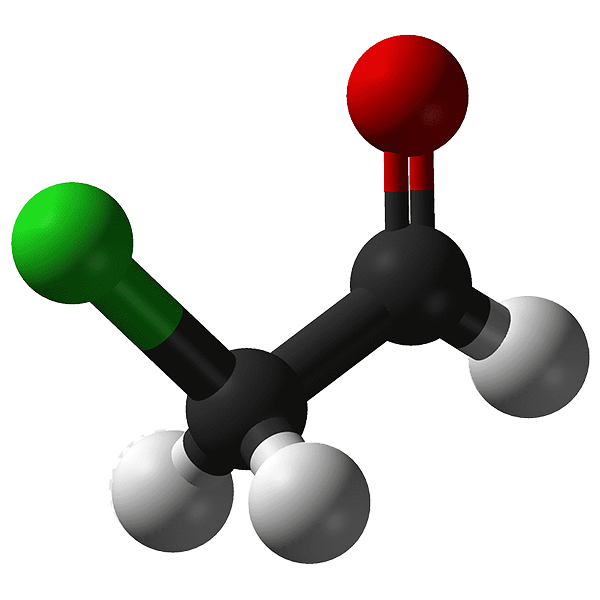Acetyl is a moiety, the Acyl with chemical formula CH3CO. The Acetyl group contains a Methyl group single-bonded to a Carbonyl. Acetyl is called Ethanoyl, although this term is rarely heard. It is used as a Solvent in organic reactions, important Solvent and Acetylation agent. It is a chemical intermediate for the synthesis of products like Crop protection chemicals (like 2,4-D and MCPA), Plastics, Thioglycol Acid. Production of Vinyl Acetate Monomer, Acetic Anhydride and Ester. It is also component of some printing inks and perfumes.
x
Recent Search Keywords
Accurate Product Testing
by Expert Scientists
FAQs
Paints, adhesives, inks, nail polish, and fragrances all employ butyl acetate as a solvent.
N- butyl acetate or butyl ethanoate are alternate names for butyl acetate.
Although prolonged skin contact may irritate the skin, butyl acetate(NBAC) is generally safe; use with caution.
There are four different kinds, each with a different set of uses: butyl acetate(NBAC), sec-butyl acetate, iso-butyl acetate, and tert-butyl acetate.
Triacetin is frequently employed as a plasticizer and humectant in a variety of items, including those used in food, medicine, cosmetics, and industrial goods. It is prized for its capacity to enhance stability and texture.
The production process for triacetin is commonly referred to as the triacetin process. It entails the esterification of glycerol, a substance that occurs naturally, with acetic acid. Triacetin, which may be refined and used in a variety of ways, is the product of this reaction.
Paints, adhesives, nail polish removers, food flavour extraction, and medicinal procedures all make use of Ethyl acetate(ETAC).
EtOAc is another term for Ethyl acetate(ETAC).
Although generally safe, prolonged contact may result in dryness or irritation. Use cautiously.
Because of its unique vinegar-like flavour and sour taste, CH3COOH is also known as acetic acid. The word "acetic" comes from the Latin "acetum," which means vinegar.
In several nations, including India, acetic anhydride is restricted to prevent misuse in the creation of illicit drugs, particularly heroin synthesis.
Two sodium ions make up EDTA 2Na, whereas four do EDTA 4Na. Since 4Na is more water soluble, it is used in more applications.
Due to its quick evaporation and dissolving characteristics, isopropyl acetate is a solvent used in coatings, inks, and adhesives.

